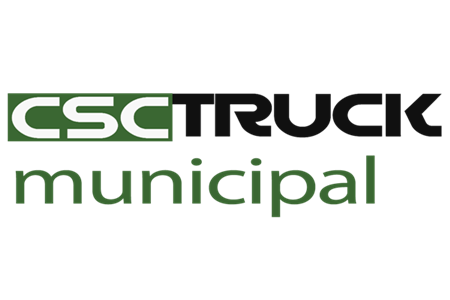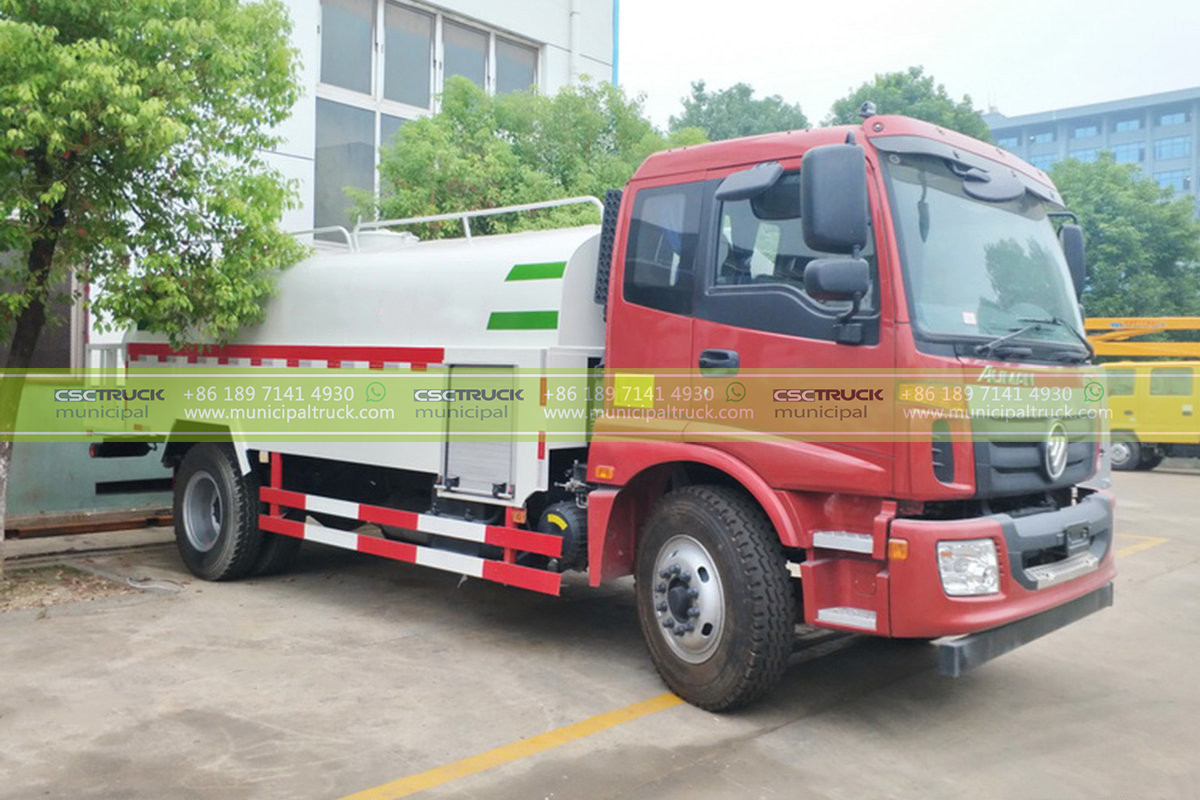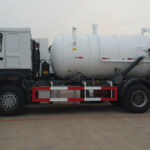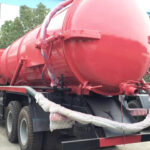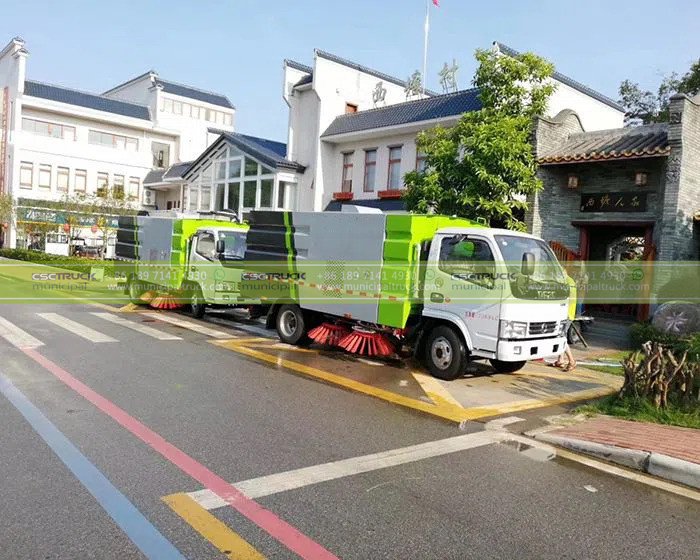In a landmark initiative blending urban heritage conservation with modern municipal service innovation, the Municipality of Guatemala City has commissioned a fleet of state-of-the-art road sweeper trucks dedicated to preserving the aesthetic integrity and environmental quality of its iconic Centro Histórico. This strategic acquisition, facilitated through a partnership between CSCTRUCK Municipal Branch and Grupo Conserva GT, a major national infrastructure operator, addresses the unique challenges of maintaining centuries-old plazas, cobblestone streets, and colonial architecture amidst dense urban activity. The deployment transcends basic cleanliness, representing a deliberate investment in cultural asset preservation, tourist experience enhancement, and resident quality-of-life improvement for a district where historical significance intersects with contemporary civic demands; this initiative underscores the city’s commitment to elevating public space standards while honoring its architectural legacy through precision-focused mechanized sanitation solutions.
The newly operational sweeper units feature adaptive cleaning systems engineered explicitly for Guatemala City’s demanding topography and heritage infrastructure, incorporating high-efficiency vacuum suction, precision water spray controls to minimize dust without saturating delicate surfaces, and articulated steering mechanisms enabling navigation through exceptionally narrow colonial-era passageways inaccessible to conventional cleaning vehicles. Their deployment directly targets the persistent issues of accumulated particulate matter, litter dispersion, and storm drain blockages exacerbated by high pedestrian traffic, nearby volcanic dust, and seasonal weather patterns, which historically contributed to accelerated building facade erosion, compromised stormwater management, and diminished visual appeal in a district designated as a vital national cultural patrimony and economic engine reliant on heritage tourism revenue streams.
The Imperative: Heritage Preservation Meets Modern Urban Management
Guatemala City’s Centro Histórico, a UNESCO-listed candidate site encompassing over 450 protected buildings, faces an ongoing tension between historical authenticity conservation and the practical demands of a functioning capital district. Decades of exposure to vehicular emissions, informal vending residue, and inadequate mechanical cleaning capabilities resulted in progressive surface degradation, chronic drainage inefficiencies, and an ambient air quality deficit detrimental to both structural longevity and the visitor economy. Traditional manual sweeping proved insufficient for scale, while older mechanical sweepers lacked the maneuverability precision or debris capture efficiency required for delicate cobblestone, ornate ironwork, and crowded pedestrian zones. The Municipality’s strategic pivot toward specialized equipment addresses these dual imperatives: safeguarding irreplaceable built heritage materials from abrasive cleaning methods while delivering visible cleanliness standards expected by residents, businesses, and international tourists essential to the district’s economic vitality and cultural relevance in Central America’s competitive urban landscape.
The Technology: Precision Engineering for Delicate Environments
Tailored Design for Architectural Sensitivity and Operational Demands
These next-generation sweepers incorporate laser-guided brush pressure sensors ensuring optimal contact with uneven surfaces like antique cobblestones or brickwork without causing displacement or damage, while variable-speed suction fans automatically adjust to debris load—capturing fine volcanic ash as effectively as larger organic matter without wasteful energy expenditure. Closed-loop water filtration systems recycle up to 90% of spray water, a critical feature in a region periodically facing potable water scarcity concerns, and incorporate sediment separation tanks preventing contaminants from re-entering the storm drain network during cleaning operations, thereby contributing to broader urban watershed protection goals. The chassis integrates low-noise electric propulsion modules for near-silent operation during early morning cleaning cycles in residential sectors, minimizing disturbance while maximizing public acceptance of frequent maintenance schedules necessary in high-traffic zones.
Immediate Urban Aesthetic and Environmental Outcomes
The fleet’s deployment has yielded measurable improvements in surface reflectance levels across key plazas and thoroughfares, significantly enhancing the visual impact of restored colonial facades and monuments by eliminating the grey film of dust that previously muted architectural details. Real-time particulate monitoring stations within the Historic Center already indicate a 30% reduction in ambient PM2.5 and PM10 levels during peak daytime hours attributable to the sweepers’ suppression capabilities, contributing directly to microclimate air quality enhancement for pedestrians and open-air commerce. Furthermore, the systematic clearance of gutter lines and drain inlets has demonstrably reduced localized flooding incidents during seasonal rains, protecting building foundations and underground utility corridors from water infiltration damage while improving pedestrian safety on slickened surfaces. This proactive approach mitigates long-term heritage maintenance costs by preventing the accelerated deterioration caused by persistent grime and moisture retention.
Sustained Impact Through Technical Partnership and Scalability
The agreement with CSCTRUCK Municipal Branch and Grupo Conserva GT establishes a robust framework for long-term operational excellence, featuring a dedicated maintenance technical hub within the city staffed by CSCTRUCK-certified engineers and stocked with model-specific spare parts to ensure >95% fleet availability. Comprehensive operator certification programs train municipal crews in heritage-sensitive cleaning protocols, optimal route sequencing using GIS traffic data, and predictive maintenance diagnostics, embedding local technical capacity for sustained fleet performance beyond the warranty period. This scalable model positions Guatemala City to expand its precision cleaning coverage to adjacent heritage corridors and key gateway districts, utilizing the same operational playbook. The versatility of these units extends beyond the Historic Center—their compact dimensions and high-efficiency systems make them equally viable for airport apron cleaning at La Aurora International Airport or rapid response litter control in commercial corridors, demonstrating how targeted investment in specialized municipal equipment generates cascading benefits across diverse urban landscapes. The reliability of these street sweeper trucks ensures Guatemala City’s public spaces meet elevated standards of presentation and sustainability, while the airport sweeper truck variants maintain critical transportation infrastructure to international standards, collectively supporting the city’s aspirations as a premier cultural destination in Latin America.
